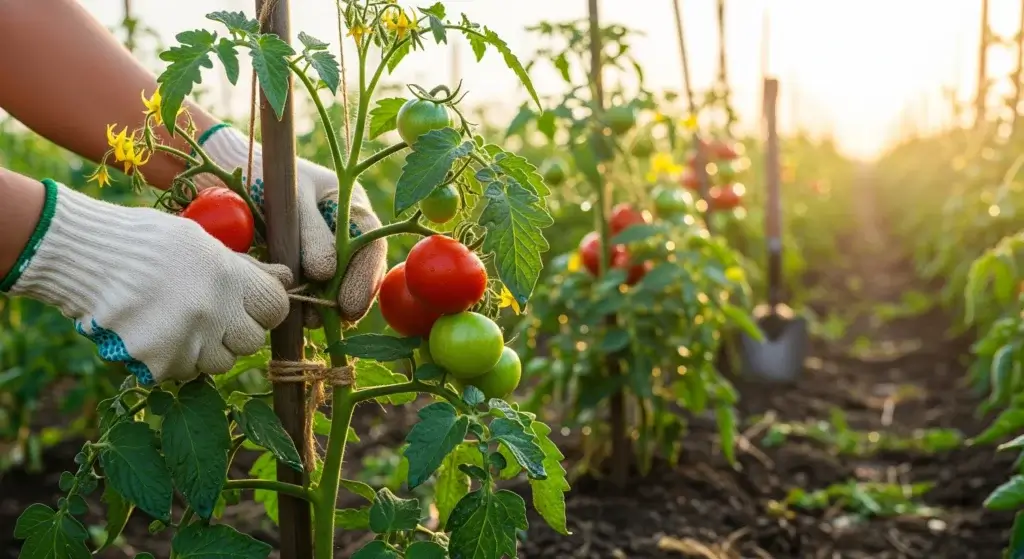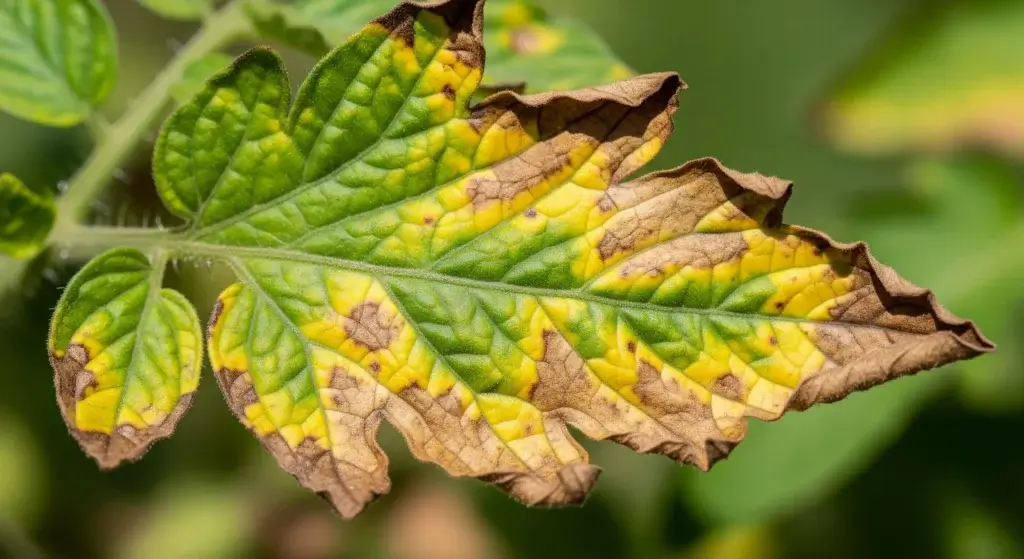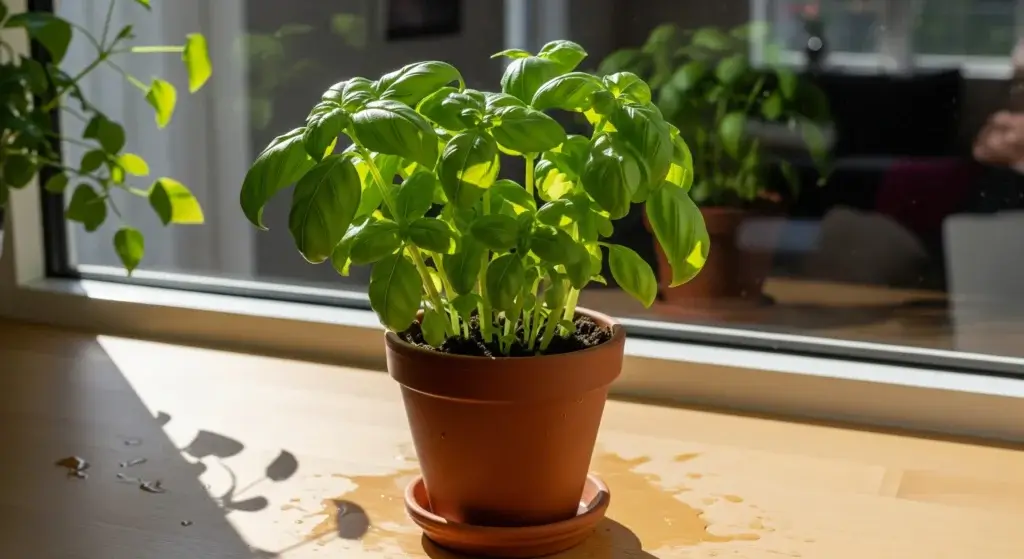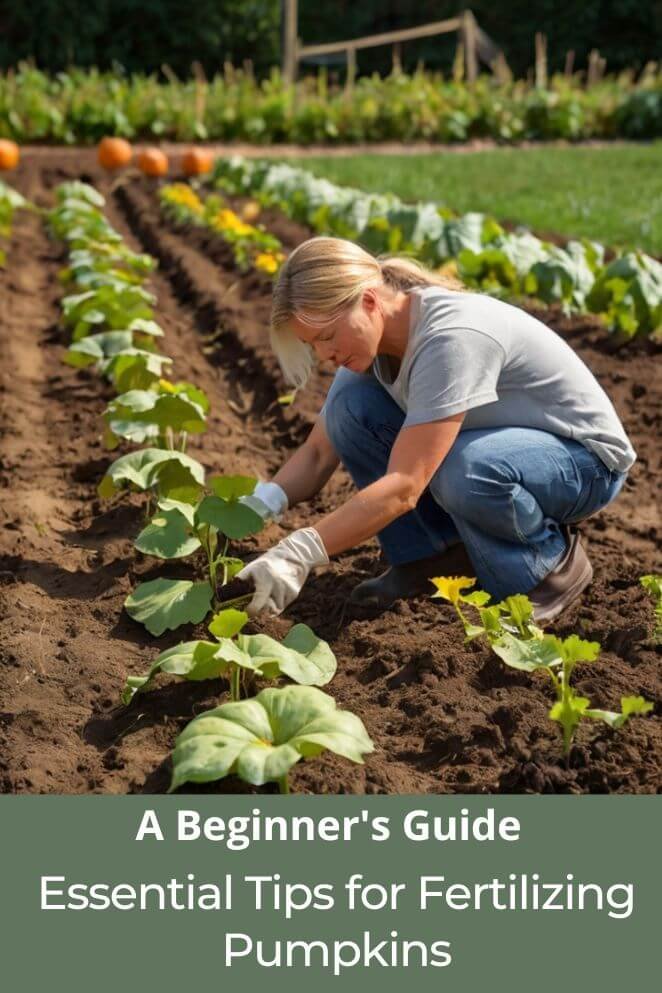
Pumpkins are not only fun to grow but also rewarding, especially when you see large, vibrant fruits come harvest time.
However, growing pumpkins that are big, bright, and flavorful requires careful attention to their nutritional needs.
Fertilizing is a critical step in pumpkin care, as these plants are heavy feeders.
Knowing what nutrients pumpkins need, when to apply fertilizer, and the best techniques to use can make a big difference in the quality and size of your harvest.
In this article, we’ll walk you through essential tips and strategies for successful pumpkin fertilization.
Understanding Pumpkin Nutrition
Pumpkins have specific nutritional needs, primarily requiring nitrogen (N), phosphorus (P), and potassium (K) to thrive.
Each nutrient plays a unique role:
- Nitrogen (N): Helps with leafy growth and the overall health of the vines, which are essential for supporting pumpkin development.
- Phosphorus (P): Aids in root development and flowering, which is crucial for fruit set.
- Potassium (K): Important for fruit development and ripening, as well as enhancing disease resistance.
While nitrogen is essential in the early stages, too much of it later on can promote leaf growth at the expense of fruit development.
Phosphorus and potassium, on the other hand, become more critical as the plant begins to flower and produce fruit.
Fertilizer Types and Application
When it comes to fertilizing pumpkins, choosing the right type of fertilizer and applying it correctly can make a big difference.
Here’s what you need to know:
Organic vs. synthetic fertilizers
Organic fertilizers
Organic fertilizers like compost, aged manure, and bone meal release nutrients slowly, which can be beneficial for sustained growth.
These fertilizers improve soil structure, retain moisture, and encourage beneficial microbial activity in the soil.
Synthetic fertilizers
Synthetic fertilizers are more concentrated and deliver nutrients faster, which can be helpful if you’re correcting nutrient deficiencies.
However, they lack the soil-enhancing benefits of organic options and may need to be applied more carefully to avoid over-fertilization.
Liquid vs. granular fertilizers
Liquid fertilizers
Liquid fertilizers are quickly absorbed and can be applied directly to the leaves (foliar feeding) or at the plant base for immediate nutrient uptake.
This is ideal if you notice a specific deficiency or want to give your pumpkins a quick nutrient boost.
Granular fertilizers
Granular fertilizers release nutrients over time and are generally applied to the soil before planting or around the base of established plants.
They provide steady nourishment, making them great for long-term feeding.
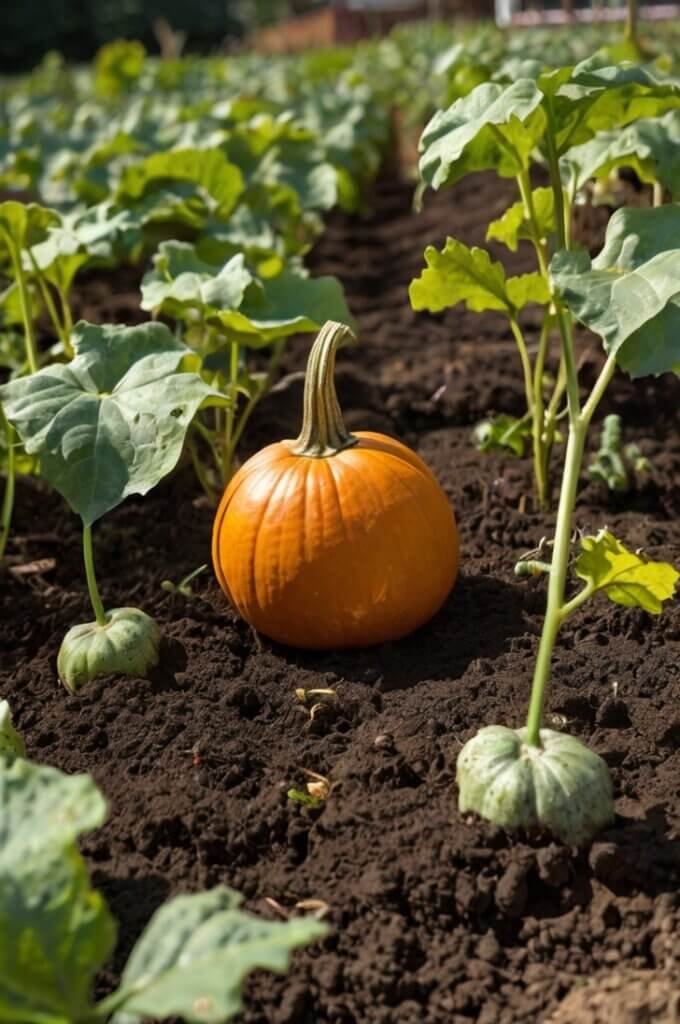
Timing of fertilizer application
Timing is key when fertilizing pumpkins. Here’s a rough guide for each stage:
- At planting: When you initially plant your pumpkin seeds or seedlings, mix a balanced fertilizer (such as 10-10-10) into the soil to give young plants a good start.
- Before flowering: Once the vines have developed, apply a fertilizer with a higher nitrogen content (such as 20-10-10) to support leafy growth.
- During flowering and fruiting: As flowers appear and fruits start to form, switch to a fertilizer higher in phosphorus and potassium (like 5-10-10 or 8-24-24).
Side-dressing vs. foliar feeding
Side-dressing
Side-Dressing involves adding fertilizer to the soil around the base of the plant, giving roots direct access to nutrients.
This technique is beneficial for nitrogen-heavy applications during the vegetative stage.
Foliar feeding
Foliar Feeding is the process of spraying liquid fertilizer onto the leaves, allowing plants to absorb nutrients directly through their foliage.
This is particularly effective for micronutrient deficiencies and provides a quick nutrient boost.
Fertilizer Ratios for Pumpkins
The best fertilizer ratio depends on the growth stage of the pumpkin:
- Early growth: A balanced fertilizer (10-10-10) can help develop a robust plant structure.
- Mid-growth: Shift to a nitrogen-heavy fertilizer (20-10-10) to support vine and leaf growth.
- Fruit development: Use a phosphorus and potassium-heavy mix (5-10-10 or 8-24-24) to aid in blossom formation and fruit ripening.
Tips for Successful Pumpkin Fertilization
Soil testing to determine nutrient needs
A soil test can help determine your soil’s nutrient levels and pH, giving you valuable insights into the type and amount of fertilizer your pumpkins need.
Pumpkins prefer a pH of 6.0 to 6.8, so adjusting the pH accordingly can also improve nutrient availability.
Avoiding over-fertilization
Over-fertilizing can lead to excessive leaf growth, nutrient imbalances, or even root burn, which can hinder pumpkin development.
Stick to recommended application rates on fertilizer packaging, and always err on the side of caution, especially with synthetic fertilizers.
Watering techniques to maximize nutrient uptake
Watering is essential for nutrient absorption.
Pumpkins need consistent moisture to transport nutrients from the soil into their roots.
Deep watering (1-2 inches per week) encourages deep root growth and prevents stress on the plant.
Avoid watering the leaves, as this can encourage fungal growth; instead, water directly at the soil level.
Mulching to conserve soil moisture and nutrients
Applying a layer of mulch around your pumpkin plants helps retain soil moisture, which is particularly important during hot summer months.
Mulch also suppresses weeds and can reduce nutrient loss by preventing soil erosion.
Organic mulches like straw or grass clippings can add a small amount of additional nutrients to the soil as they break down.
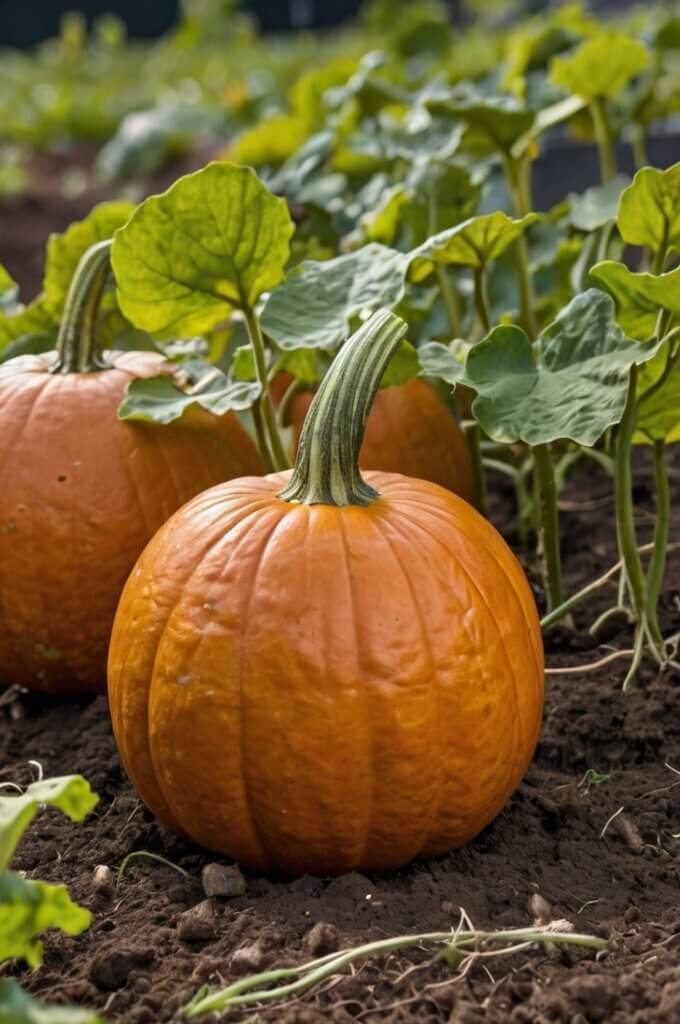
Common Fertilization Mistakes to Avoid
When it comes to fertilizing your pumpkins, avoiding common mistakes can help you achieve better growth and health.
Here are some pitfalls to watch out for:
Applying fertilizer too close to the plant stem
Putting fertilizer too close to the stem can harm sensitive roots, potentially burning them.
Instead, spread the fertilizer around the drip line—the area where the water drips from the plant’s leaves—so that the roots can absorb the nutrients without the risk of damage.
Not adjusting fertilizer for growth stage
Different stages of a plant’s growth, like when a pumpkin is just starting out versus when it’s maturing, require different types and amounts of fertilizer.
Failing to adjust your fertilizer for these stages can stunt the plant’s development or cause uneven growth.
Skipping soil testing
Before adding fertilizer, it’s wise to conduct a soil test.
Without this, you might end up adding nutrients that aren’t needed, which can lead to nutrient toxicity—too much of one nutrient can be harmful—or create deficiencies in other nutrients that your plants need.
Ignoring watering needs
Water plays a crucial role in how well plants can take up nutrients.
If you don’t water your plants regularly or consistently, the fertilizer may not work effectively, limiting its benefits.
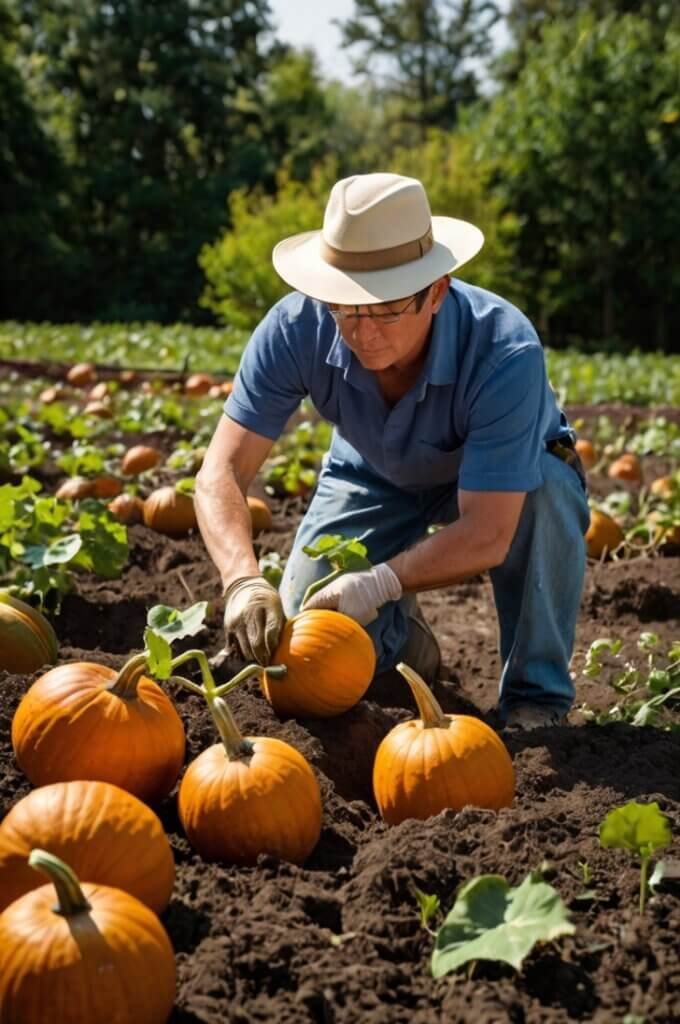
Final Thoughts
Fertilizing pumpkins doesn’t have to be complicated.
By understanding your plant’s nutritional needs and following a structured feeding plan, you can set your pumpkins up for a successful growing season.
Regular soil testing, mindful fertilizer application, and careful watering can make a significant difference in the size and quality of your pumpkins.
By taking the time to fertilize properly, you’ll be rewarded with a bountiful, healthy pumpkin harvest.
FAQs
It depends on the growth stage and type of fertilizer used. Granular fertilizers may only need to be applied every 4-6 weeks, while liquid fertilizers can be applied every 2-3 weeks during peak growth periods.
Yes! Compost is a fantastic organic fertilizer for pumpkins. Just make sure it’s well-decomposed, as fresh compost can be too strong for young plants.
Even if your soil is nutrient-rich, heavy-feeding plants like pumpkins can benefit from supplemental fertilizer, especially during flowering and fruiting stages.
Signs include burnt leaf tips, dark green but stunted growth, or a decrease in flowering and fruiting. Always follow the recommended application rates to avoid over-fertilization.
Yes, it’s advisable to reduce nitrogen once flowering begins, as too much nitrogen can promote leaf growth over fruit development.

